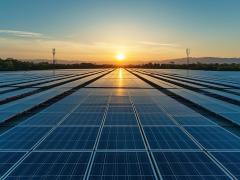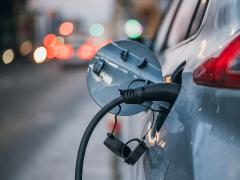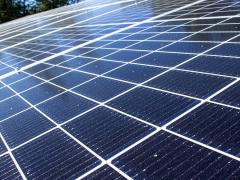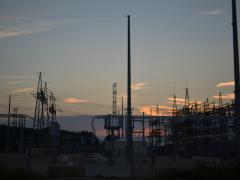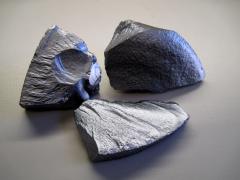South Africa’s copper cable theft epidemic continues to drive system failures across Eskom and municipal networks. National Treasury’s 2025 Economic Bulletin estimates annual economic losses of R7 billion while Eskom has recorded 771 transformer failures linked to vandalism and illegal connections in the first nine months of 2025. The crisis is now creating a second, less visible threat: rushed repairs using non-compliant imported cables that compromise network reliability and safety, says South Ocean Electric Wire Company CEO André Smith.
The scale of cable theft is staggering. These are not isolated incidents – they involve sophisticated syndicates with insider assistance, scrap dealers and international buyers. A September 2025 SAPS intelligence brief shows that these groups coordinate via encrypted apps, bribe officials and use stolen vehicles for fast extraction. We are now even seeing armed robberies directly targeting cable manufacturers and resellers, putting employees’ lives at risk.
When cables are stolen, the pressure to restore power immediately is immense. In those moments, whatever is on hand is used. Too often, this means cheap imported cables that fail SANS standards. These products are not designed for South Africa’s operating conditions and often lack critical requirements such as UV resistance and low smoke zero halogen insulation. What looks like a quick fix introduces long-term risks into the grid.
This creates a vicious cycle. Theft forces emergency replacements. Emergency replacements put non-compliant products into the network. Those products fail prematurely and every failure creates another opportunity for theft. Industries dependent on uninterrupted power – mining, construction, manufacturing and even solar farms – are caught in the middle of this spiral.
The influx of low-cost imports is accelerating the problem. Chinese cables now make up around 70% of PV and power cable imports, and many enter the country without proper certification. Local OEMs are losing tenders to non-compliant products that appear cheaper upfront but compromise safety and system reliability. This threatens not only the grid but the entire cable manufacturing value chain – from PVC producers to wooden drum manufacturers and steel wire suppliers.
Without decisive action from authorities – including the South African Revenue Service, the Department of Trade, Industry and Competition and organised labour – dumping will continue unchecked. The June 2025 anti-dumping duties on tyres demonstrate that intervention is possible. The same level of urgency must be applied to the cable sector.


